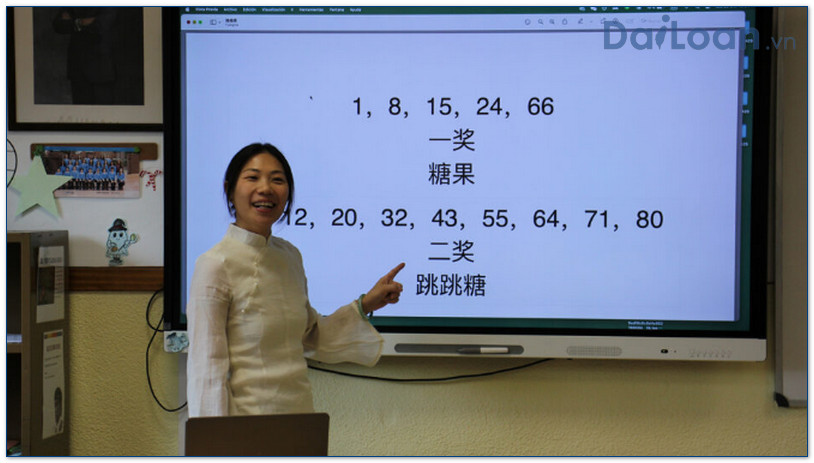Understanding the profundity of a language often begins with its most nuanced words. One such term in Chinese is 文雅 (wén yǎ), which directly translates to “elegance.” This article explores the meaning, grammatical structure, and various applications of this beautiful term in everyday conversation and literature.
What Does 文雅 (Wén Yǎ) Mean?
The term 文雅 (wén yǎ) embodies a sense of elegance and refinement, not just in appearance but also in behavior and expression. It is often used to describe art, culture, language, or individuals who possess a refined taste or cultured demeanor. The dual character representation of 文雅 illustrates its deep cultural roots:
- 文 (wén): This character signifies “literature” or “culture,” referring to scholarly pursuits and intellectual refinement.
- 雅 (yǎ): This character conveys “elegant” or “graceful,” emphasizing aesthetics and propriety.
Together, they encapsulate a concept that celebrates the refined aspects of human expression and creativity, making it a significant term in conversations about art and culture.
Grammatical Structure of 文雅 (Wén Yǎ)
In the realm of Chinese grammar, 文雅 (wén yǎ) functions primarily as an adjective. Understanding how to integrate it into sentences involves recognizing its placement and potential for modification.
Adjective Use
As an adjective, 文雅 can describe nouns:
- Example: 她的衣服很文雅 (tā de yīfú hěn wén yǎ) – “Her clothes are very elegant.”
Adverbial Usage
文雅 can also be adopted in an adverbial form to modify verbs, suggesting the manner in which an action is performed:
- Example: 她文雅地说话 (tā wén yǎ de shuōhuà) – “She speaks elegantly.”
Example Sentences Using 文雅 (Wén Yǎ)
To illustrate the usage of 文雅 (wén yǎ), let us explore several sentences that provide context and demonstrate its application:
Describing People
- 他是一位文雅的教授。 (tā shì yī wèi wén yǎ de jiàoshòu) – “He is an elegant professor.”
- 她的举止非常文雅。 (tā de jǔzhǐ fēicháng wén yǎ) – “Her demeanor is very elegant.”
Describing Art and Literature
- 这幅画展现了文雅的审美。 (zhè fú huà zhǎnxiàn le wén yǎ de shěnměi) – “This painting showcases an elegant aesthetic.”
- 他的文章十分文雅。 (tā de wénzhāng shífēn wén yǎ) – “His article is very elegant.”
Social Interactions
- 在正式场合,人们通常需要表现得更文雅。 (zài zhèngshì chǎnghé, rénmen tōngcháng xūyào biǎoxiàn dé gēn wén yǎ) – “In formal occasions, people usually need to behave more elegantly.”
- 他的文雅使他在社交场合中受到欢迎。 (tā de wén yǎ shǐ tā zài shèjiāo chǎnghé zhōng shòudào huānyíng) – “His elegance makes him well-received in social settings.”
Conclusion
In conclusion, the term  文雅 (wén yǎ) offers rich insight into the values of elegance and refinement that resonate deeply within Chinese culture. Its grammatical structure allows for versatile use, making it a valuable word for both learners and proficient speakers of the language. By integrating terms like 文雅 into everyday conversations and written works, one can enhance both expression and appreciation for the subtleties of Chinese culture.
文雅 (wén yǎ) offers rich insight into the values of elegance and refinement that resonate deeply within Chinese culture. Its grammatical structure allows for versatile use, making it a valuable word for both learners and proficient speakers of the language. By integrating terms like 文雅 into everyday conversations and written works, one can enhance both expression and appreciation for the subtleties of Chinese culture.

Sứ mệnh của Chuyên là giúp đỡ và truyền cảm hứng cho các bạn trẻ Việt Nam sang Đài Loan học tập, sinh sống và làm việc. Là cầu nối để lan tỏa giá trị tinh hoa nguồn nhân lực Việt Nam đến với Đài Loan và trên toàn cầu.
CÓ THỂ BẠN QUAN TÂM
Du học Đài Loan
Lao Động Đài Loan
Việc Làm Đài Loan
Đơn Hàng Đài Loan
Visa Đài Loan
Du Lịch Đài Loan
Tiếng Đài Loan
KẾT NỐI VỚI CHUYÊN
Zalo: https://zalo.me/0936126566
Website: www.dailoan.vn




